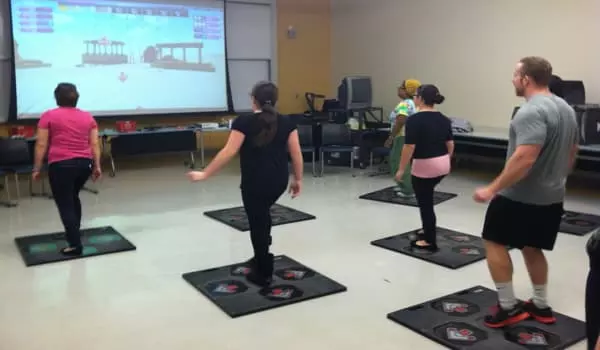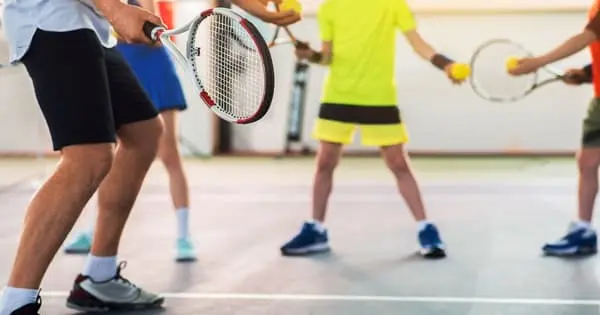Physical activity is beneficial to all children. Before your child begins a physical activity routine, it is best to consult with a doctor. Seek advice from a professional with knowledge of physical activity and disability. They can provide you with more information about the types and amounts of physical activity that are appropriate for your child’s abilities.
As a parent, you have the ability to influence your child’s attitudes and behaviors toward physical activity. Knowing the suggestions is a good place to start. Encourage your child to engage in 60 minutes or more of physical activity per day, with activities ranging from informal, active play to organized sports.
According to new research, well-designed and delivered online interventions such as ‘exergames’ and smartphone apps can improve physical activity among young people. According to a review study conducted at the University of Birmingham, children and young people in PE lessons responded positively to the use of exergames, which deliver physical activity lessons through games or personalized activities. Physical activity levels increased, but so did emotions, attitudes, and motivations toward physical activity.
With school-age children spending more time in front of screens, the challenge for parents is to assist them in finding physical activities that they enjoy and feel successful doing. According to new research, well-designed and delivered online interventions such as ‘exergames’ and smartphone apps can improve physical activity among young people.
Dr. Victoria Goodyear
The study, published in Physical Education and Sport Pedagogy, is one of the first to investigate not only the impact of online interventions on physical behaviors in non-clinical groups of young people, but also the effects of digital mediums on physical activity knowledge, social development, and mental health improvement.
The evidence can be used to inform health and education organizations on how to design online interventions to reach out to and engage young people in physical activity. The authors examined 26 studies of online physical activity interventions. They discovered three major mechanisms at work: gamification, in which participants progress through various levels of achievement; personalization, in which participants received tailored feedback and rewards based on progress; and information, in which participants received educational material or guidance to encourage behavioral change.
The majority of the interventions focused on gamification or personalization, and the majority of studies (70 percent) reported an increase and/or improvement in physical activity outcomes for children and young people who participated in online interventions. Primary school students, in particular, benefited from participation in PE lessons.

With school-age children spending more time in front of screens, the challenge for parents is to assist them in finding physical activities that they enjoy and feel successful doing. Traditional sports such as baseball and basketball can be substituted for martial arts, biking, hiking, and playing outside.
In the early school-age years, when children are learning basic skills and simple rules, there may be only a few athletic standouts. Differences in ability and personality become more apparent as children grow older. Commitment and interest level frequently correlate with ability, which is why it is critical to find an activity that is appropriate for your child. Schedules begin to fill up during these years, but don’t forget to make time for free play.
Dr. Victoria Goodyear of the University of Birmingham’s School of Sport, Exercise, and Rehabilitation Science, the study’s lead author, stated: “We find convincing evidence that PE teachers can use online learning to improve young people’s attitudes and participation in physical activity, particularly those in primary school. There is a real opportunity for the physical education professionals to lead the way in designing meaningful and effective online exercise opportunities, as well as to embed positive approaches to exercise and online games and apps at an early stage.”
Many physical activities can be classified as more than one type of activity. This allows your child to participate in two or even three different types of physical activity in a single day! For example, if your daughter plays basketball and practices with her teammates every day, she is engaging in both vigorous-intensity aerobic activity and bone-strengthening activity. Alternatively, if your daughter participates in gymnastics lessons, she is not only engaging in vigorous-intensity aerobic activity, but she is also engaging in muscle- and bone-strengthening activities! It is simple to fit each type of activity into your child’s schedule; all that is required is familiarity with the Guidelines and the discovery of activities that your child enjoys.













